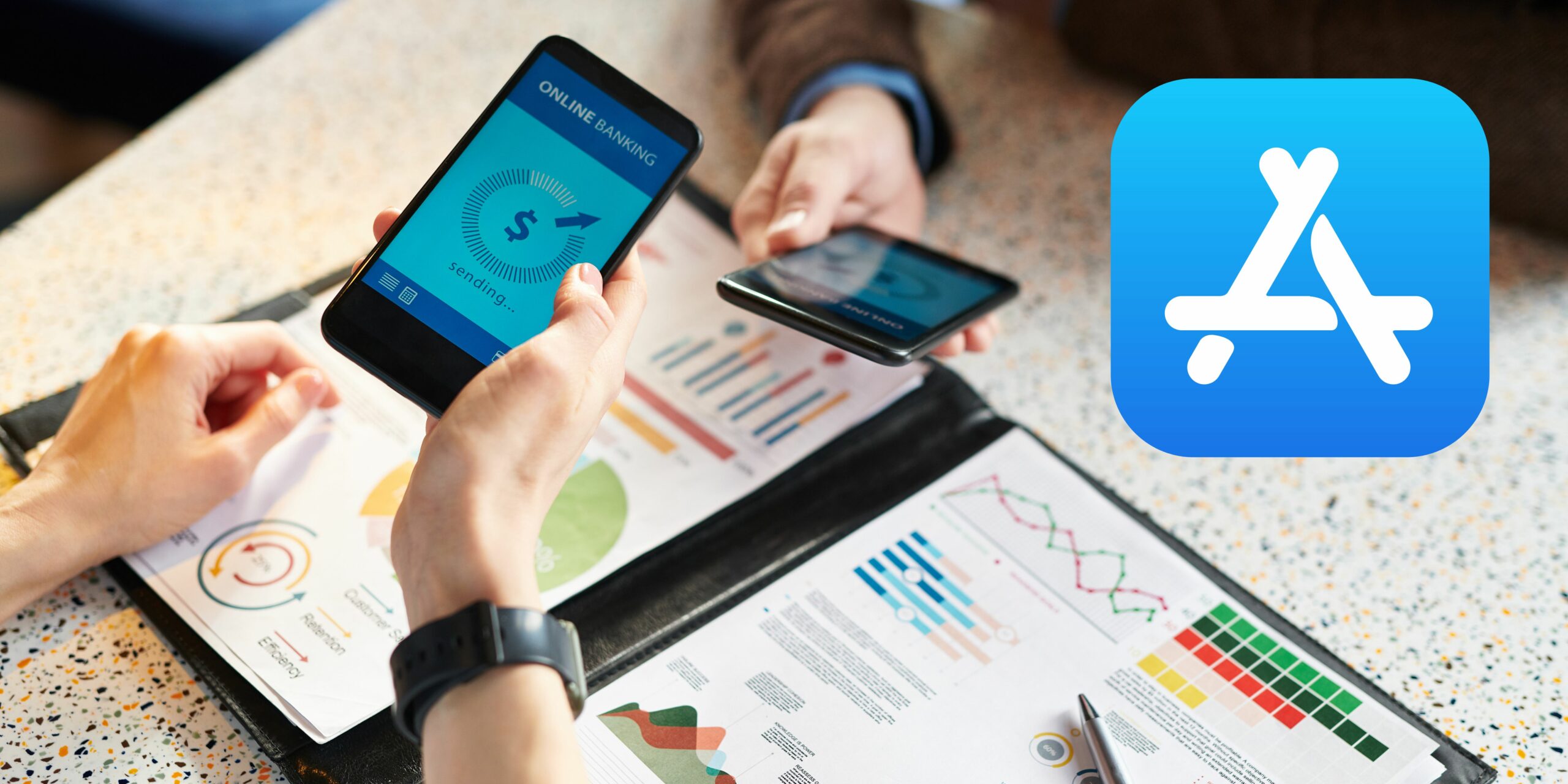If you have a side hustle in the form of a mobile app, you’re probably always looking for ways to monetize it and turn it into a full-time business. One effective way to do this is through app store optimization (ASO).
Think of ASO as the equivalent of SEO for websites. Just as you optimize your website to rank higher in search engine results, you can optimize your app to rank higher in app store search results. This increases the chances that people will discover your app, download it, and ultimately become paying customers.
The Importance of App Store Rankings
Imagine you’re looking for a new puzzle app to play on your phone. You open up the app store and do a search for “puzzle games.” The first few results that come up are the ones you’re most likely to download, right? The same is true for other users. This is why optimizing your app to rank as high as possible in app store search results is important.
How to Optimize Your App
So, how do you optimize your app for higher rankings? Here are a few tips:
- Use relevant keywords in your app title and description. This helps app stores understand what your app is about and increases the chances it will appear in relevant searches.
- Use visually appealing graphics, such as an eye-catching icon and screenshots of your app in action. This can help persuade users to download your app.
- Ensure that your app is high quality and performs well. Users are more likely to leave positive reviews and continue using your app if it’s a good experience.
- Consider using paid app store advertising, such as Outrank Apps‘ search ads or universal app campaigns. This can help increase the visibility of your app and drive more downloads.
Analogy: App Store Optimization is Like Planting a Seed
App store optimization is like planting a seed. If you want your app to grow and thrive, you need to give it the right conditions. This includes using the right keywords, providing a visually appealing listing, and ensuring that your app is high quality. Your app can grow and become a profitable business with the right care and attention.
If you have a side hustle in the form of a mobile app, app store optimization is a crucial part of monetizing it. By following the tips above and constantly monitoring and adjusting your ASO strategy, you can increase the chances that your app will be discovered by potential customers and turn your side hustle into a full-time business.
To further increase the chances of success for your app, it’s important to understand the different app stores and how they work. The two main app stores are the Apple App Store and Google Play Store, both of which have their own unique algorithms and ranking factors. It’s important to optimize your app for both of these stores if you want to reach the largest audience possible.
Apple App Store
The Apple App Store is the default app store for all iOS devices, including iPhones and iPads. It’s known for having a higher quality bar for apps and a more curated selection. This means that it can be more challenging to get your app accepted into the App Store, but it also means that if your app is accepted and performs well, it can potentially reach a higher level of success.
To optimize your app for the App Store, it’s important to follow Apple’s app design and functionality guidelines. This includes ensuring that your app is responsive, easy to use, and free of bugs. You should also include high-quality graphics and make sure your app’s listing is clear and concise.
Another factor to consider for the App Store is user ratings and reviews. If your app has a high rating and many positive reviews, it can increase your app’s visibility and credibility. On the other hand, if your app has a low rating or many negative reviews, it can hurt your app’s visibility and discourage potential users from downloading it.
Google Play Store
The Google Play Store is the default app store for all Android devices. It has a larger user base than the App Store and tends to be more lenient regarding the apps it accepts. However, this also means more competition in the Play Store, so it can be more challenging to stand out.
To optimize your app for the Play Store, it’s important to follow Google’s guidelines and best practices. This includes using relevant keywords in your app’s title and description, as well as including high-quality graphics and screenshots. You should also ensure that your app is compatible with a wide range of devices and performs well.
Just like the App Store, user ratings and reviews are also important in the Play Store. Encouraging users to leave positive reviews can help increase your app’s visibility and credibility. You can also use tools like MobileAction to track your app’s performance and make necessary adjustments to your ASO strategy.
App Localization
Another factor to consider when optimizing your app for different app stores is localization. This refers to adapting your app for different languages and cultures. To reach a global audience, it’s important to consider localization and make sure your app is available in multiple languages.
To localize your app, you can use tools like App Radar to translate your app’s listing and in-app content. You can also consider using culturally relevant graphics and imagery to appeal to different markets. By localizing your app, you can increase its chances of success in a variety of markets.
In-App Marketing and Monetization
Once you’ve optimized your app and gained a decent user base, it’s important to think about how to monetize your app and continue growing your business. There are a few different options to consider:
- In-app purchases: You can offer additional content or features within your app that users can purchase. This can be a great way to generate revenue, but it’s important to ensure that the in-app purchases are valuable to users and not too expensive.
- Advertising: You can display ads within your app and earn revenue based on how many people see or interact with the ads. This can be a good option, but balancing the number of ads with the user experience is important. If there are too many ads, it can be not very pleasant and turn users off.
- Freemium model: You can offer your app for free but charge users for additional features or content. This can be a good way to attract a larger user base and then monetize through in-app purchases.
- Paid app: You can charge users to download your app. This can be a good option if you have a unique or highly valuable app, but convincing users to pay upfront may be more challenging.
Experimenting and seeing what works best for your app and your target audience is important. You may also want to consider using a combination of these monetization strategies. For example, you could offer a free app with ads and in-app purchases for users who want to upgrade to an ad-free version.
Conclusion
If you have a side hustle in the form of a mobile app, app store optimization is a crucial part of monetizing it and turning it into a full-time business. By following best practices for ASO, considering app localization, and experimenting with different monetization strategies, you can increase the chances of success for your app and turn your side hustle into a profitable venture.




